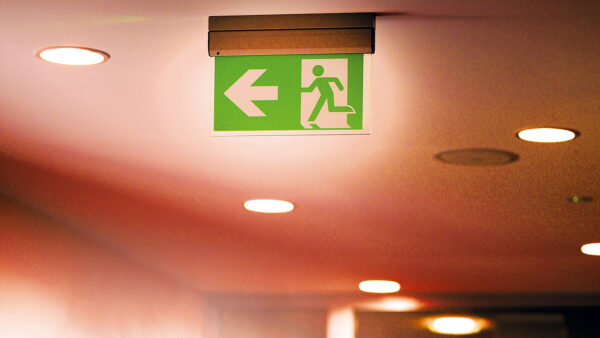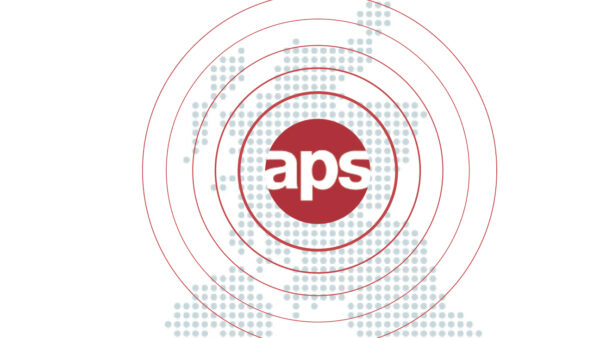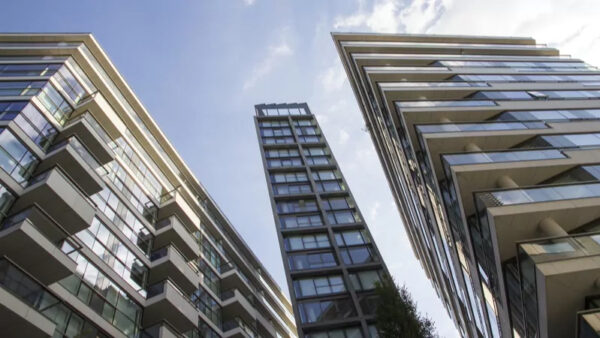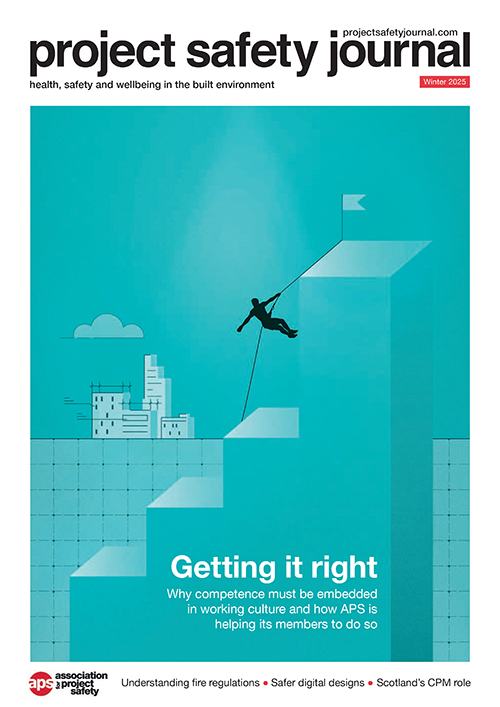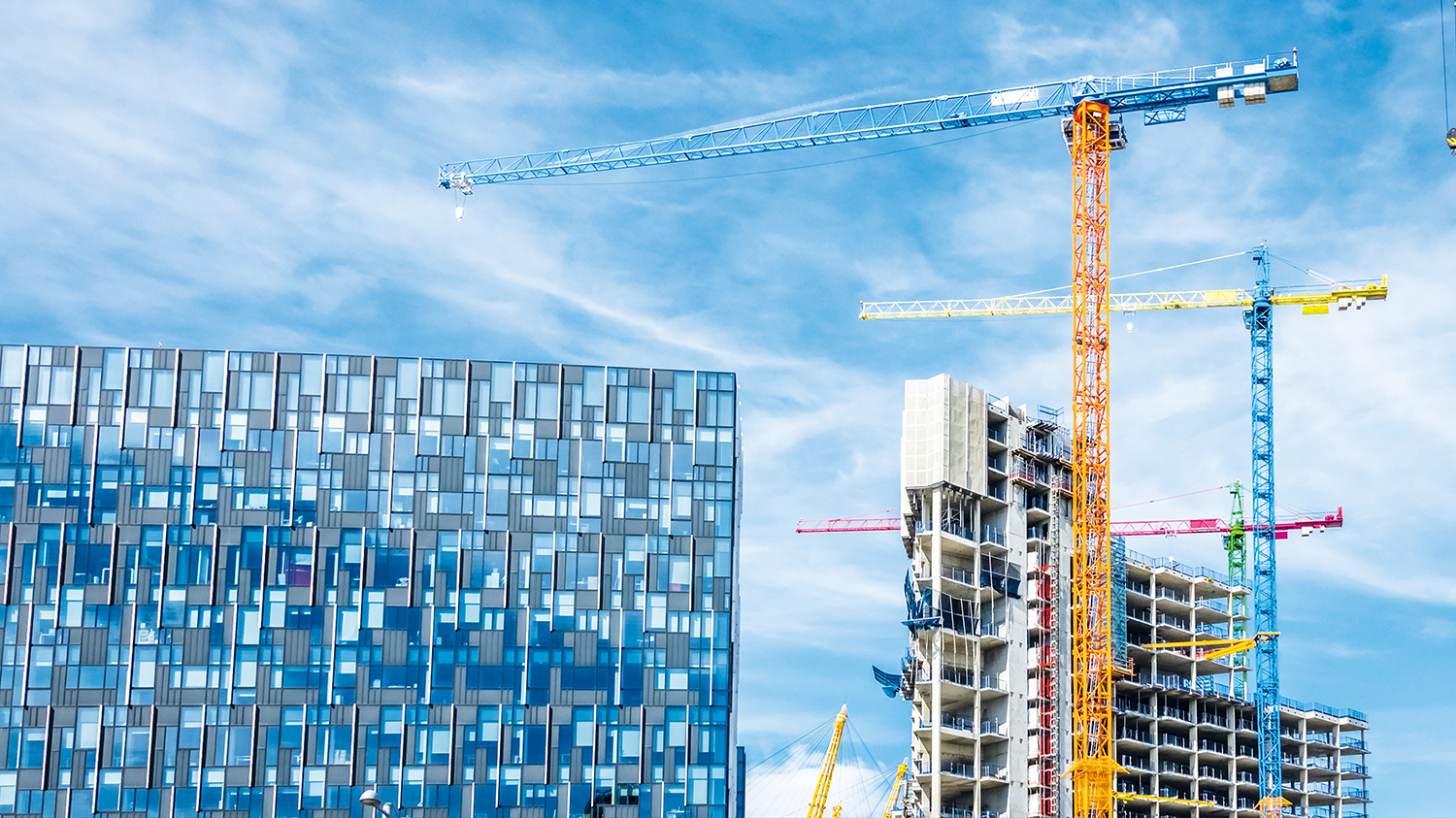
A new requirement under the Building Safety Act for higher-risk buildings is for mandatory occurrence reporting. Michelle Essen and Kate Hanson, from international law firm Womble Bond Dickinson, explain what it involves.
Earlier this year a new mandatory occurrence reporting system was introduced in England through secondary legislation, under the overarching umbrella of the Building Safety Act 2022.
The secondary legislation in question is the Building (Higher-Risk Buildings Procedures) (England) Regulations 2023, referred to here as the Regulations.
These Regulations impact higher-risk buildings (HRBs) in England, which are essentially buildings that are 18m or seven storeys high or more, with two or more residential units.
Under the Regulations, “safety occurrences” relating to the structural integrity or fire safety of HRBs which could potentially pose a serious risk to people must be reported to the Building Safety Regulator (BSR) during the construction phase by principal designers and principal contractors.
Overview of the new mandatory occurrence reporting system
In brief, before construction begins, the principal dutyholders have to establish a system that enables “reporting persons” to promptly report every safety occurrence to the principal dutyholders.
Unpacking this:
- the principal dutyholders are the principal contractor (or sole contractor) and principal designer (or sole or lead designer); and
- the reporting persons are any designer or contractor (including the principal designer or contractor) and anyone else who is a periodic visitor on the site.
Then, during the construction phase, those principal dutyholders must make sure they maintain this system and report any safety occurrences to the BSR.
The client also has a key role in this. In appointing the principal dutyholders, the client must take “all reasonable steps” to satisfy itself that those it appoints can actually fulfil the legislative requirements in relation to the mandatory occurrence reporting system and reporting to the BSR.
What occurrences need to be reported?
Every safety occurrence is to be reported to the BSR. Broadly, under the Regulations, a safety occurrence is either:
- an aspect of the design (if built); or
- an incident or situation relating to the structural integrity or fire safety of an HRB that would (when the building is used) be likely to present a risk of a significant number of deaths, or serious injury to a significant number of people.
They do not relate to safety incidents relating to the construction site in general or any temporary structures.
On top of reporting safety occurrences, principal dutyholders must also ensure there is an “appropriate frequency of inspections” of the works (including design work) for any safety occurrences during the construction phase.
How to report to the BSR
A principal dutyholder has to report a safety occurrence when they become aware of it, notifying the BSR as quickly as possible.
Then they must provide a written report to the BSR within 10 days of the principal dutyholder becoming aware of the safety occurrence.
This written report to the BSR has to include certain information:
- the date and time of the safety occurrence;
- the address of the site where the safety occurrence happened;
- the name and contact details of the principal dutyholder who is making the report;
- the type and details of the safety occurrence, including the nature of the risk; and
- details of the remedial measures or mitigation carried out.
Overlap with other parts of the new building safety regime
It is also important to note that the new mandatory occurrence reporting system will not operate in a silo, and will interact with other parts of the new building safety regime, such as:
- Gateways: A “mandatory occurrence reporting plan” is submitted to the BSR (or in some cases requestable by the BSR) as part of the Gateway 2 building control approval application. It also forms part of the Gateway 3 completion certificate application.
- Change control: If there are any variations caught under the new change control regime for HRBs, the change control log would need to include the impacts (if any) of the proposed changes on the mandatory occurrence reporting system. This could also be considered by the BSR in making its decision on whether to approve a change control application.
- Golden thread: The golden thread should include copies of any mandatory occurrence reports to the BSR, as soon as practicable after the report is provided.
Examples of safety occurrences
According to government, some examples that could meet the criteria of what to report to the BSR include:
- defective building work, including defective competent person scheme work which is part of the wider building work;
- fire safety issues likely to result in the spread of fire;
- the use of non-compliant products or incompatible compliant products in the construction of the building;
- inappropriate or incorrect installation of construction products;
- product failure against specification and claimed performance; and
- faults in the design plans, caused by either design software or human error.
Further guidance
To help the industry get on top of these changes, the Health and Safety Executive (HSE) has published some further guidance on the gov.uk website:
Michelle Essen is legal director (construction) and Kate Hanson is a paralegal with Womble Bond Dickinson.








